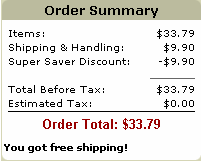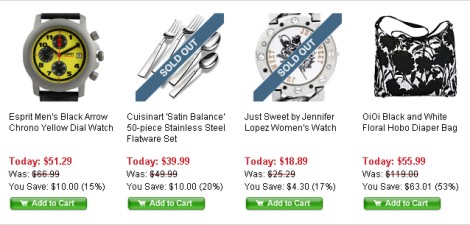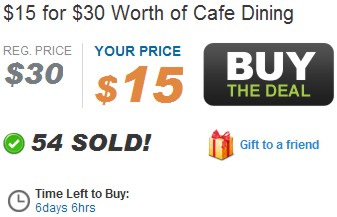The Power of Free
Have you ever attended an event such as a professional conference where sponsors were giving away freebies like pens, key chains, and other assorted chotchkes? How many of those chotchkes did you return home with—only to wonder later what possessed you to pick them up in the first place? If you can relate to this experience, you’ve experienced the power of free. Why is it that people feel so intensely attracted to things that are free?
Free—an Emotional Hot Button
Dan Ariely, in his book Predictably Irrational, says free ”is an emotional hot button—a source of irrational excitement.” Ariely and his colleagues have conducted some interesting experiments to learn about the power of free. In one experiment, they offered people a choice between a Hershey’s kiss priced at 1 cent or a Lindt truffle priced at 15 cents. Which type of chocolate do you think sold better?
Not surprisingly, the Lindt chocolate sold better; 73% of purchasers bought the Lindt. But then, the researchers ran another round of the experiment during which they offered the same choices—except they reduced the price of each type of chocolate by just one cent. Now the Hershey’s kiss was free, and the Lindt truffle was 14 cents. Which do you think sold better?
Even though they reduced the price by only one cent, there was a dramatic shift in behavior. In this second round of the experiment, 69% of the people favored the free Hershey’s kiss over the Lindt truffle. What is going on here? Why does free have such a dramatic effect?
Remember, in my first column ”Decision Architecture: Helping Users Make Better Decisions,” I said that we are of two minds: Gut versus Head. Since, as Ariely says, free is an emotional hot button, we have a very strong emotional response to free at a gut level. Gut thinks fast and decides mostly by emotion. Head is slow and analytical. Gut decides first, then Head reviews the decision. Even though Head can overrule Gut’s decision, the emotional power of Gut’s initial decision still carries substantial power and influence.
Free—an Easy Mental Shortcut
There are two other important reasons why free is so compelling:
- There is no downside.
- It’s a very easy mental shortcut.
Recall from my previous columns that people are very sensitive to the amount of work decision making requires. They are also very sensitive to the potential for loss and the risk of making a wrong decision. When an option is free, there is no risk to making a wrong decision. There is nothing to lose—nothing to spend. Because free eliminates the need to think, it enables a very easy mental shortcut: if there’s an option that’s free, take it!
Implications for UX Design
You can use free strategically to get a stampede of response. You can also provide a free option to make decisions easy and safe for people by taking the risk out of the decision process. And because people often feel the need to justify their decisions—both to themselves and to others—free provides a convincing rationale for their choice. For example, in Figure 1, Zappos takes the risk out of buying shoes online by providing free shipping—for both ways.

The example in Figure 2 combines the power of free with loss aversion. A free trial makes it possible for me to own an application for 30 days. Then, once the trial period is up, I don’t want to experience the loss of giving it up.

Figure 3 shows how Amazon does a brilliant job of using free shipping to motivate the purchase of additional items. How often have you ordered something from Amazon and felt the need to purchase the required $25 minimum so you can qualify for free shipping? In France, there was a time when Amazon didn’t offer free shipping. Instead, they charged customers one franc—about 20 cents—for shipping. As soon as Amazon reduced the cost for shipping to zero, sales jumped dramatically.

Because people often associate free with no cost, it’s important to clarify the value of a free item. Otherwise, people may not recognize its value or may assume its value is minimal. When you use the term free, people usually think $0.00, or its equivalent in another currency, which is not the message you want to convey. Instead of saying, ”Receive a free security program,” it’s much better to say, ”Receive a $250 security program at no cost to you.” As Figure 4 shows, people can see the value of free shipping on Amazon.

Because free is risk free, it can convey a feeling of safety. In Figure 5, McAfee’s 30-day money-back guarantee makes it safe for people to have a change of mind without penalty or risk, thereby circumventing any potential for loss. From a seller’s perspective, however, loss aversion still exerts a powerful influence, because the consumer probably won’t want to give up what has become theirs after 30 days of ownership.





